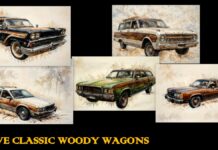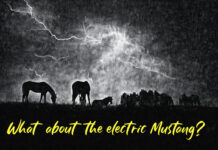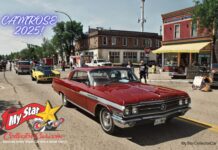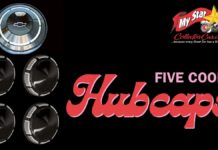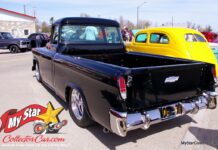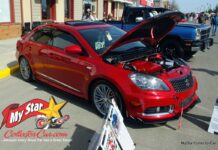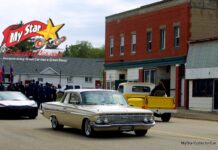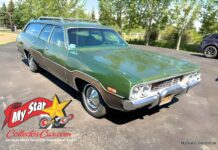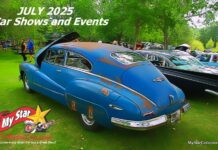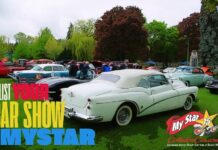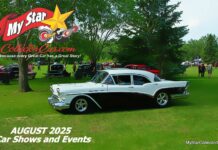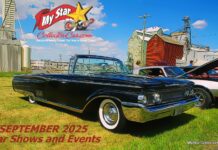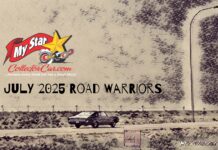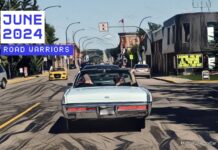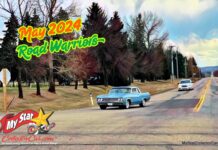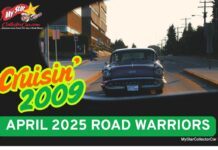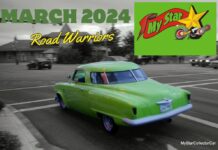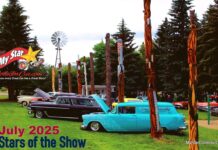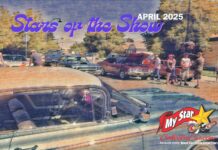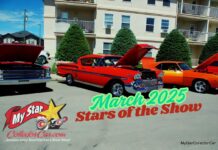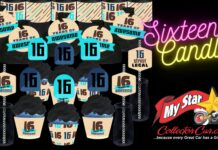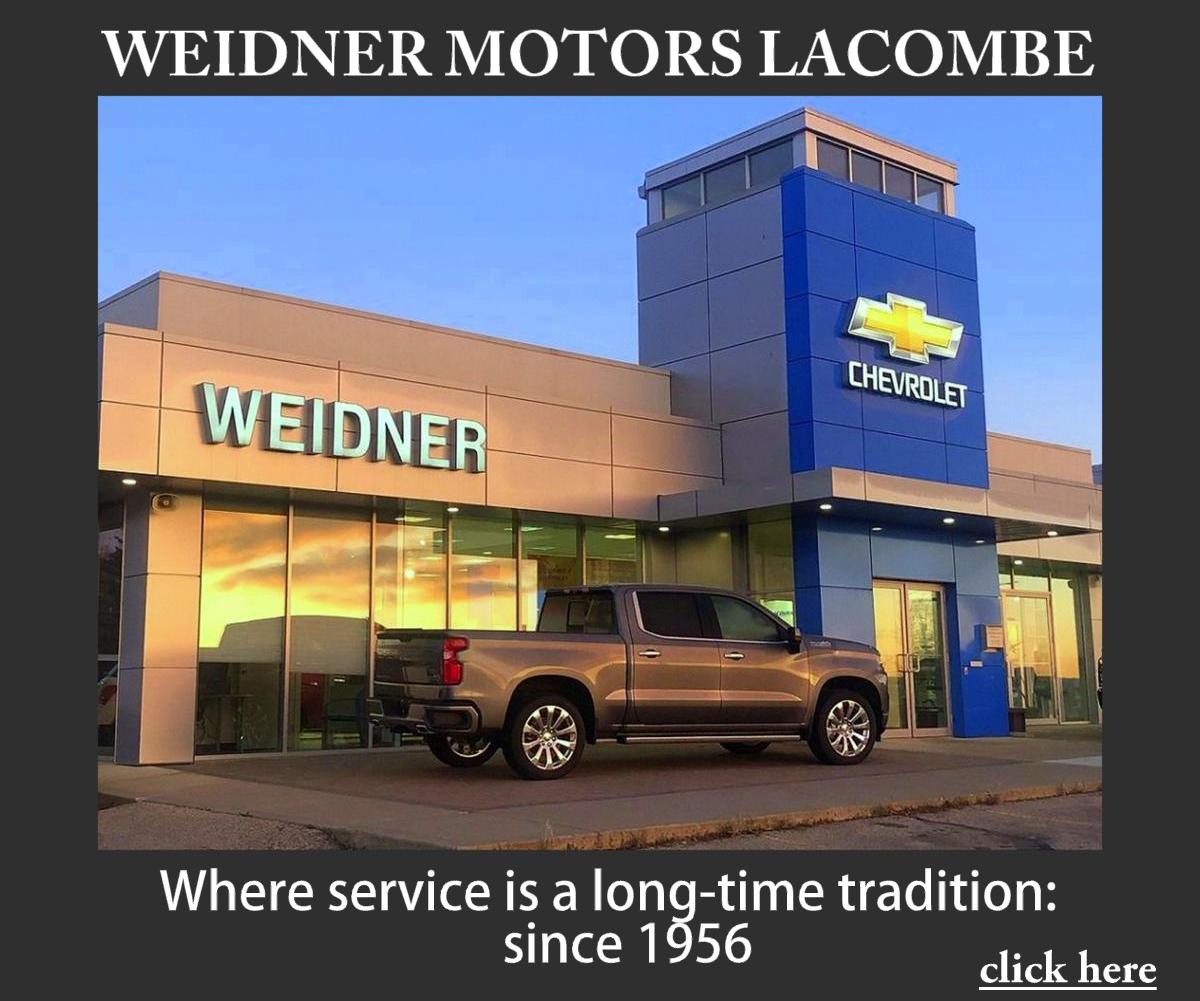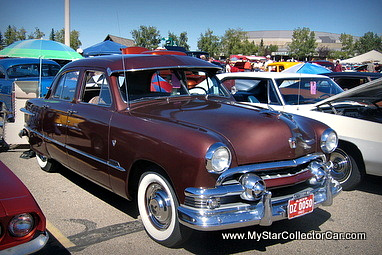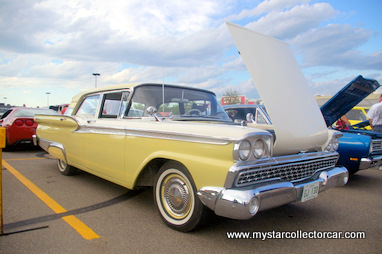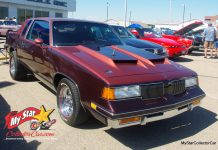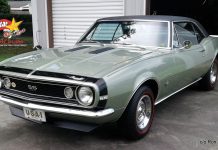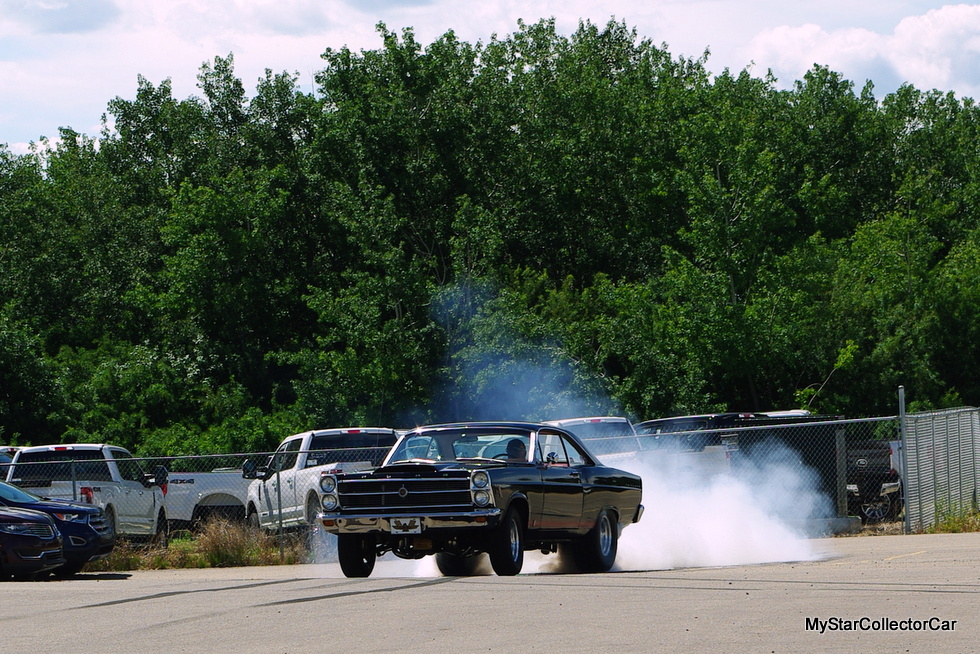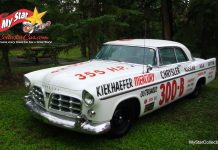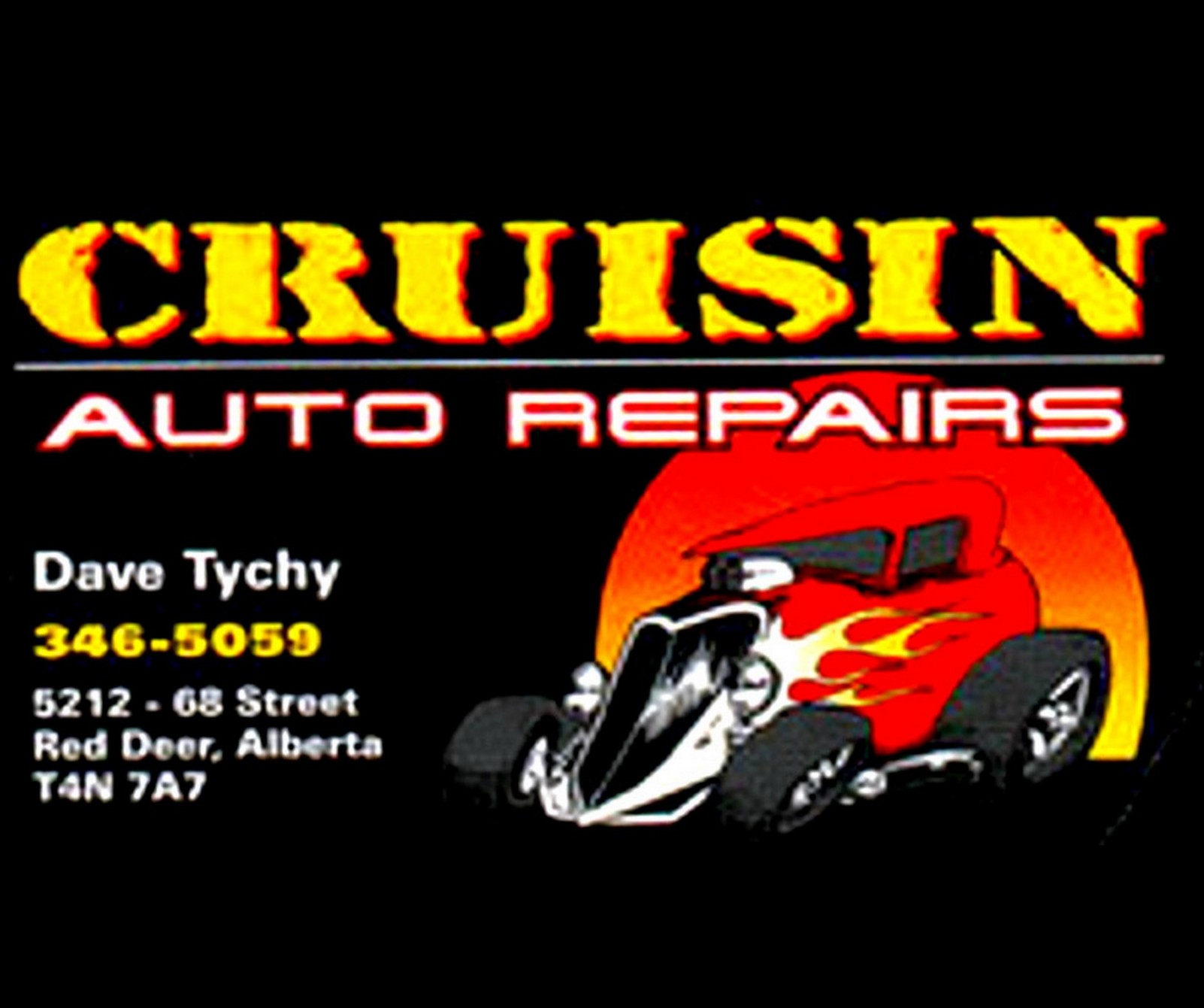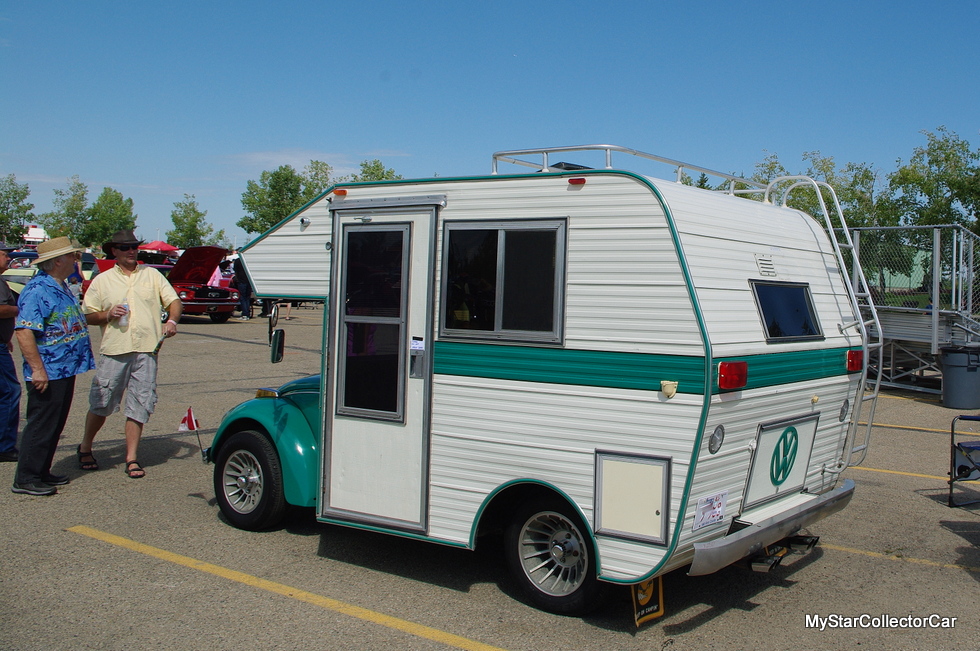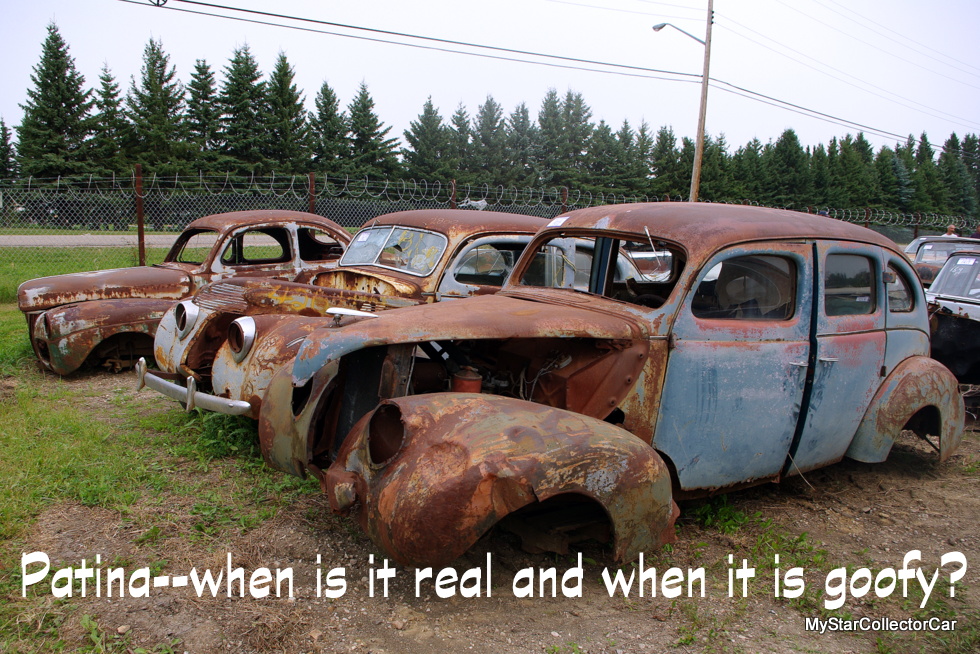I spotted a 21st century Chevy truck sporting a two-tone paint job earlier this spring and was amazed at how distinctive the new age pickup looked with a multi-hued paint scheme.
The truck’s retro two-tone made it stand out in a crowd of 2024 automotive sameness where it is difficult to pick a new vehicle out of a giant herd of other new vehicles that lack an individual identity in a big way.
Jim Sutherland
The truck’s color combination was bluish white with a few horizontal bars of dark blue that really worked in the two-tone scheme of things. I have no idea whether General Motors offer this paint scheme right from the factory or whether it was simply the owner’s choice to make his truck different from the rest, but it worked for me.

The reason it worked for me was simple: I am a proud member of the Baby Boomer generation and am old enough to remember when two (and sometimes more)-tone paint jobs were common. I liked the multi-color rides then and now.

Consequently, I have written a few MyStarCollectorCar articles over the past 15 years that delved into the world of two-tone paint jobs, but I never zeroed in on specific vintage rides that are cooler with more colors on their outer skins.
Therefore, I will list five solid examples of older vehicles that simply look better with two-tone paint schemes in my humble opinion. Your choices may differ radically from mine, but cool two-tone paint scheme choices are most assuredly a subjective process in car guy world.
The easy first pick for my two-tone paint scheme on a retro ride would be a vintage Chevy Square Body pickup truck and it would be a solid choice–but it is not my choice. That honor belongs to the 1975 International Harvester pickup truck because it had an even squarer body than its Chevy rival from the same era.

The ’75 IHC was also the last of the pickups built by International Harvester and marked the end of a long history in the light truck market for the small company. As mentioned, the IHC’s ultra-square body style really lent itself to a two-tone paint scheme, as well as an occasional fake woodgrain insert piece to break up the massive amount of sheet metal on these trucks.
Either way, a 1975 IHC pickup is an even rarer Square Body-style truck that will make its lucky owner even cooler when it is a two-tone model.

The second addition to my two-tone list is the 1946 Chevy Fleetline Aero two-door fastback sedan. The Fleetline was not a new idea because this model was built in time for the 1942 model year, shortly before GM shuttered its automotive manufacturing and went all-in for the war effort.

The ’46 Chevy Fleetline may not have been a brand-new style, but it looked pretty in two-tone and, even though I was not even a concept in ’46, I really liked the way these post-war fastback Chevys looked in two-tone models. For the record, I still like the look.
The third addition to my list is the 1958 De Soto Firedome Sportsman, a Mopar brand that was only a few short years away from complete extinction but was still bold and beautiful in ’58.

These finned beauties were runaway winners in two-tone form because the 1958 De Soto’s tailfins were more spectacular with extra color schemes on its outer skin. The 1950s was the high-water mark for multi-tone paint jobs on domestic cars and the ’58 De Soto even stood out in that crowded field at the time.
The fourth member of my colorful vintage vehicle club is another pickup truck, namely the 1961 Ford. The squarish style of the ’61 Ford truck really lent itself to a two-tone paint scheme, particularly when the pickup’s roof and lower section were separated by another color on the hood and windowsills.

Perhaps 1961 Ford trucks looked best when they were unibody models with no defined gap between the cab and box, but the conjoined body was a big flop for the company. Nevertheless, it looked very cool in two-tone paint schemes.
The fifth and final addition to my multi-color list an unlikely muscle car, the 1970 Chrysler 300 Hurst (also called the 300 H), a car big enough to have its own area code. This giant road rocket sported a beefy 440 cubic big block that churned out 377 horses and 480 ft lbs. of torque, enough power to push the ’70 300 H to 60 mph in about 7 seconds, not an easy task because the car weighed over 2 tons.

It was no small feat to promote a large luxury car as a muscle car, so Chrysler added a unique two-tone paint scheme to its 300 H models to make them appear sportier in the eyes of potential buyers.
Unfortunately, the Chrysler 300 Hurst was not a huge success for the Mopar boys, but its distinctive two-tone paint job makes it a rock star at a car show because of its rarity.
Nevertheless, the 1970 Chrysler 300 Hurst also makes a solid final addition to my two-tone vintage ride list because of its unlikely heritage.
Jim Sutherland
BY: Jim Sutherland
Jim Sutherland is a veteran automotive writer whose work has been published by many major print and online publications. The list includes Calgary Herald, The Truth About Cars, Red Deer Advocate, RPM Magazine, Edmonton Journal, Montreal Gazette, Windsor Star, Vancouver Province, and Post Media Wheels Section.
- CLICK HERE to Sign Up for the Newsletter
- CLICK HERE to Like us on Facebook
- CLICK HERE to Follow us on Twitter
- CLICK HERE to Follow us on Pinterest




